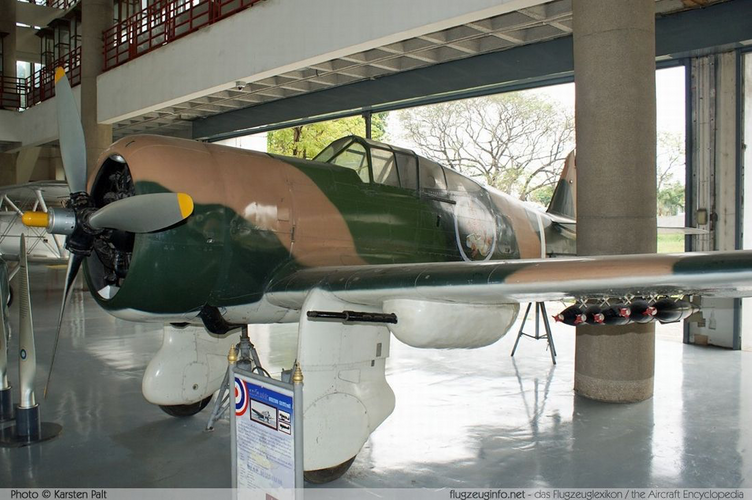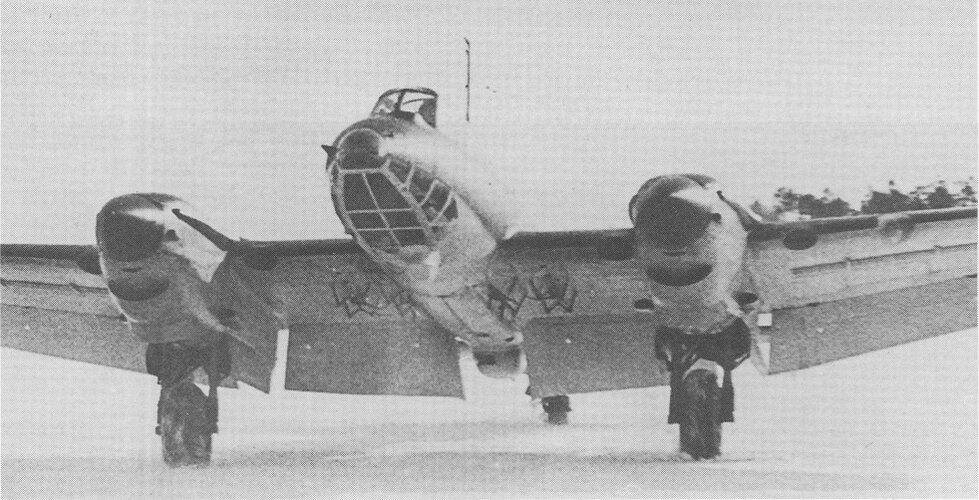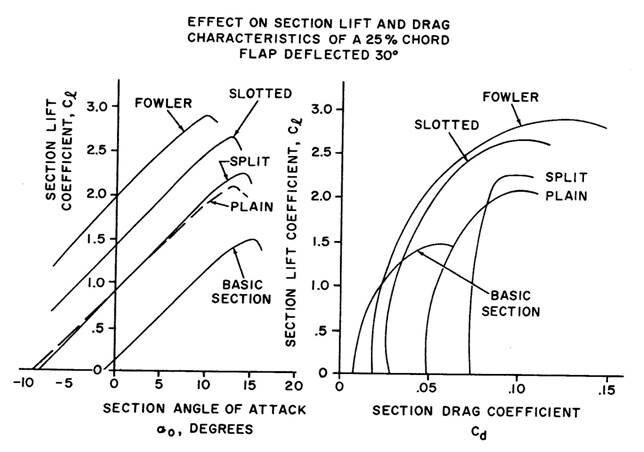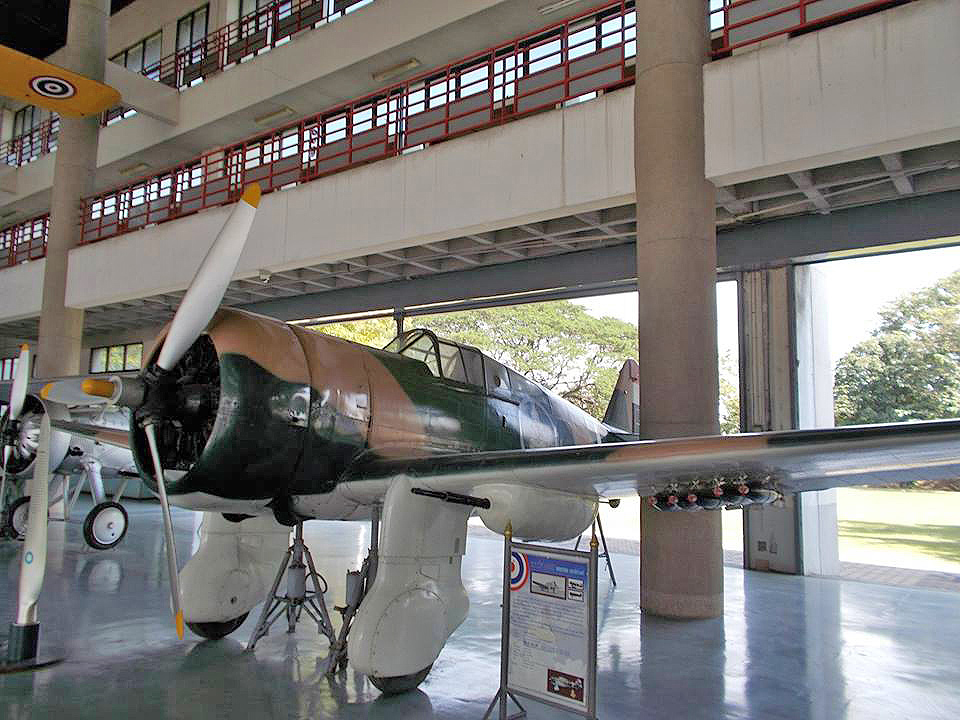Hi Pasoleati,
Elevator authority is what enables you to increase the angle of attack. Angle of attack is what will make any wing stall. If the wings stall asymmetrically - and a turn is an asymmetric flight situation to begin with -, you flick.
The way you make this less likely to happen is to either design an aircraft that gives ample warning near the stall so that the pilot doesn't pull the elevator into the flick-stall range, or to limit elevator authority.
In the first case, you wouldn't say "the aircraft doesn't flick", because clearly, if the pilot would pull harder, it would flick just fine.
In the second care, you limit the angle of attack artificially to something below the maximum attainable, limiting performance. As this is not fly-by-wire with full sensors, it has to be a "good enough to work in all cases" limit, which means that you leave an ample margin of safety to guard against the worst case.
That's what you see in the Fiat G.50 case. It can't pull enough angle of attack to flick in one condition, but just enough to flick in the slightly worse condition resulting from turning in the opposite direction.
I don't get the need to list this and that aircraft failing to meet spec. The whole point here is not to list those but to design one that does.
That's called a trade study, a method recommended for example by Dan Raymer in his "Simplified Aircraft Design for Homebuilders". There are historical examples from the 1930s too, for example one conducted by Junkers for the A50.
If we'd manage to find an aircraft type that actually exceeds your specified performance, we could then "design" a type that trades off performance for all the extra requirements you have defined, since fulfilling these extra requirements will obviously only be possible at the expense of performance. The way to get a stronger aircraft of the same general layout as an existing type is to make all load-bearing members stronger, which if you're limited to the same materials as the existing type will result in a heavier aircraft, which kicks off the weight spiral. It's not by accident that the Mitsubishi A6M Zero ended up as a very light aircraft - they couldn't have built it like a Grummen F4F and expected the same kind of speed, range, and manoeuvrability on an engine of very modest power.
(You could try and break the mold by going to a radically different configuration than the historical WW2 fighters, ending up with something like a scaled-up Verhees Delta or a Waynfan Facetmobile. I don't think you're going to be able to meet your specifications with a conventional design, though.)
And do you have any single piece of evidence to suggest that "Italian artefact" claim except "I feel so"?
As it's you who has made a claim about the Italian aircraft, it's you who'd have to provide sources. Since this is your thread, I'll leave it to you if you'd actually like to try and convince me that you're right, and simply leave my doubts for the record.
Regards,
Henning (HoHun)




